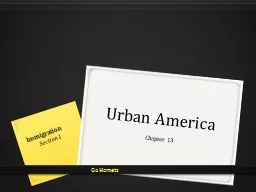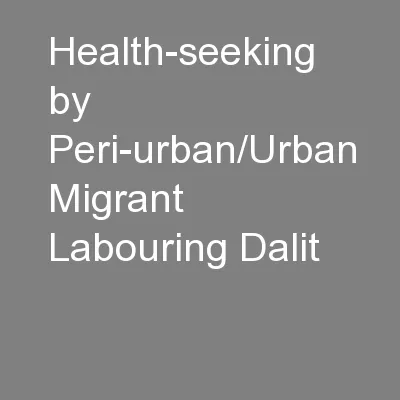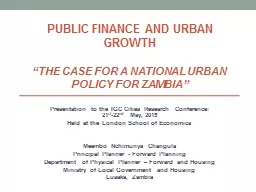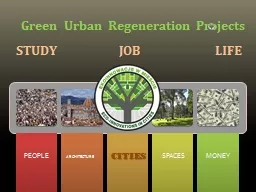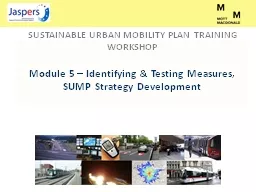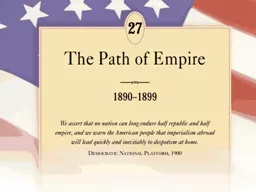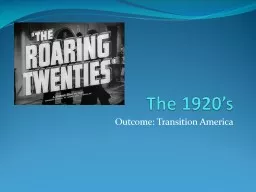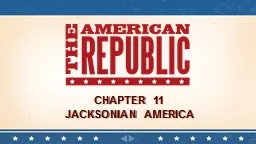PPT-Urban America Chapter 13
Author : sherrill-nordquist | Published Date : 2019-12-18
Urban America Chapter 13 Immigration Section 1 Go Hornets Immigration In the late 19 th new immigrants flooded into America and settled into ethnic neighborhoods
Presentation Embed Code
Download Presentation
Download Presentation The PPT/PDF document "Urban America Chapter 13" is the property of its rightful owner. Permission is granted to download and print the materials on this website for personal, non-commercial use only, and to display it on your personal computer provided you do not modify the materials and that you retain all copyright notices contained in the materials. By downloading content from our website, you accept the terms of this agreement.
Urban America Chapter 13: Transcript
Download Rules Of Document
"Urban America Chapter 13"The content belongs to its owner. You may download and print it for personal use, without modification, and keep all copyright notices. By downloading, you agree to these terms.
Related Documents

